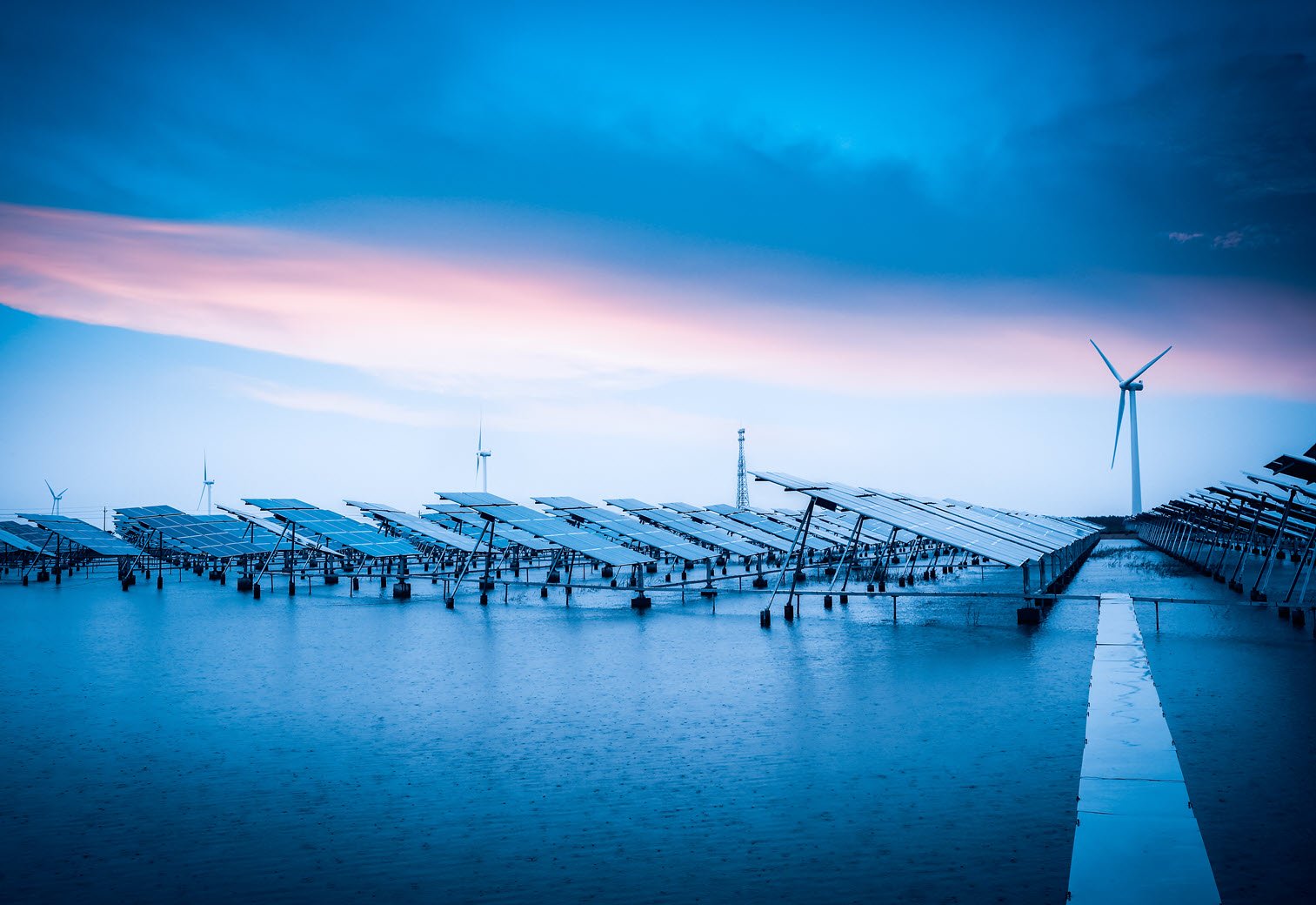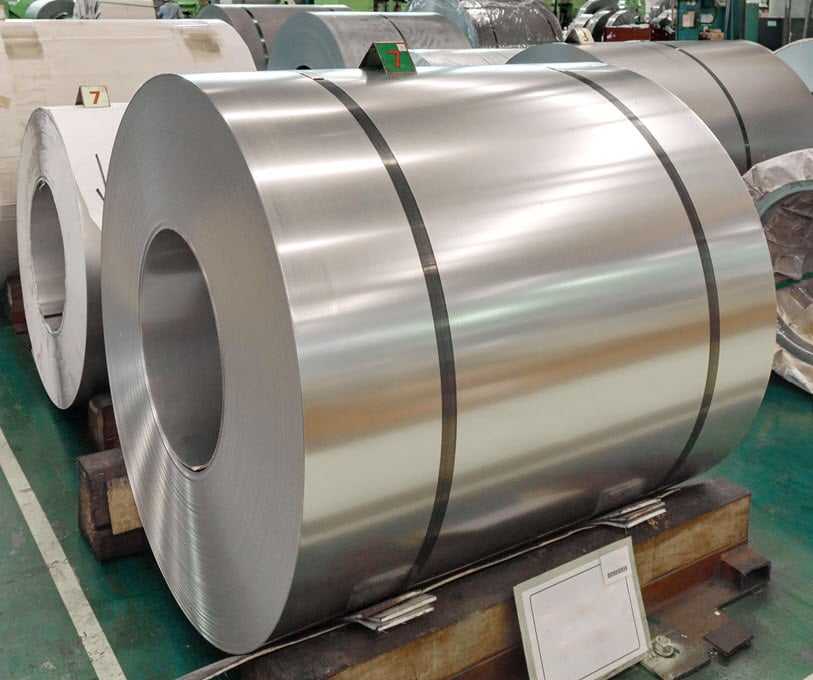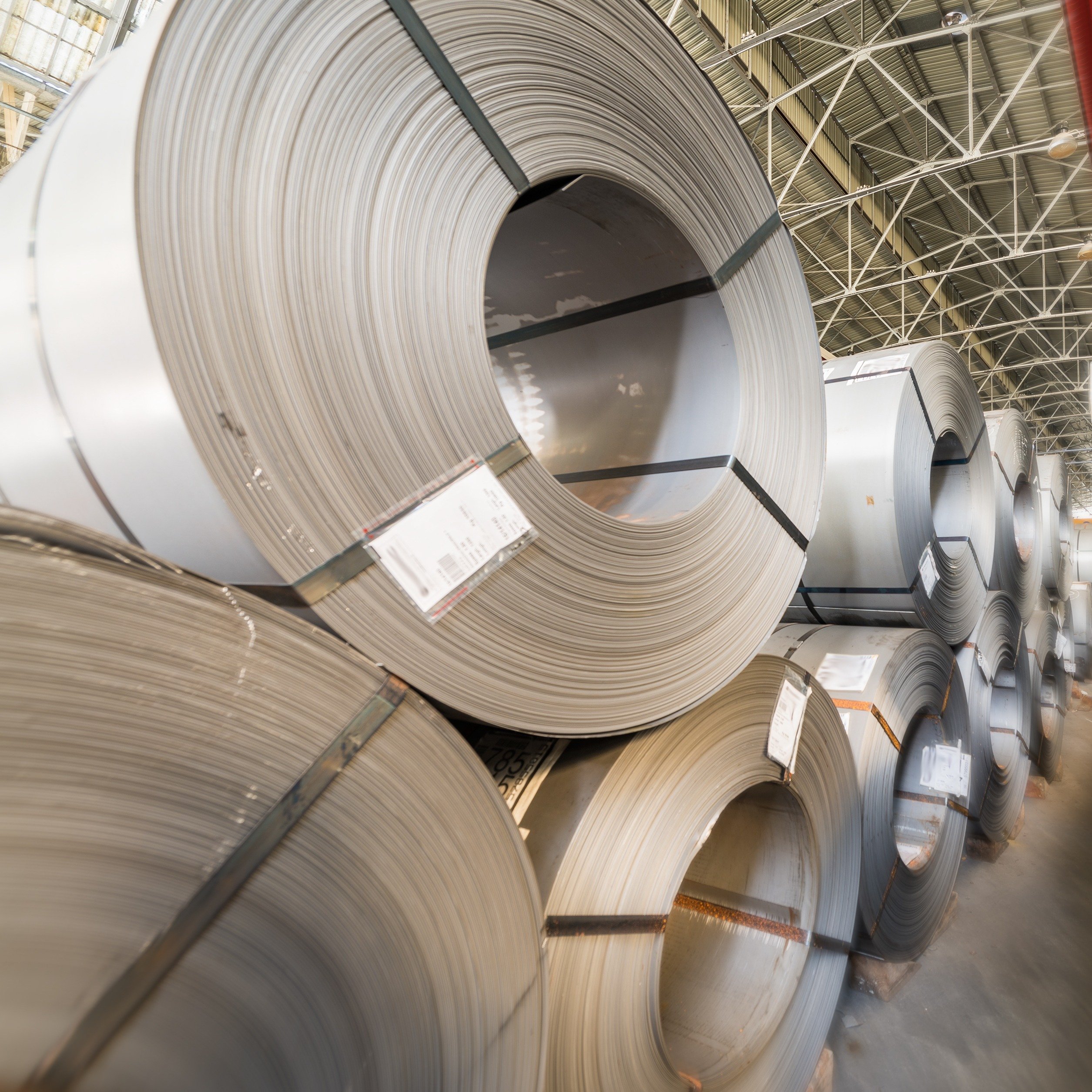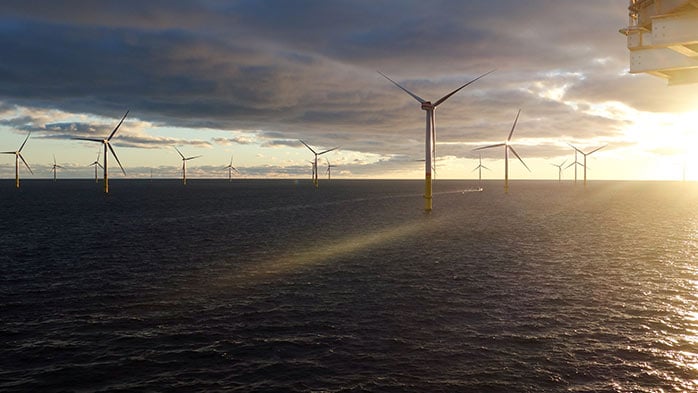In June, we forecast that strong wind generation would reduce reliance on fossil fuels and drive the carbon price down from ~€72 /tCO₂ to ~€69 /tCO₂. As anticipated, high wind output lowered fossil fuel demand, and the price fell accordingly. However, in the first half of the month, prices rebounded – initially due to concerns over nuclear reactor issues; and subsequently as tensions escalated between Iran and Israel. Fears of potential gas price spikes prompted expectations of gas-to-coal switching, pushing the carbon prices to a peak of ~€75 /tCO₂ on 13 June.
Subsequent market reassessment suggested that the Middle East warwas unlikely to escalate further; and it was announced that French Civaux reactor corrosion would not affect output this year. This led to a pullback in prices. Nevertheless, stronger-than-expected power demand (at least partly related to higher tempratures) lifted EUA demand, keeping prices supported at ~€72 /tCO₂ by month-end, slightly above our forecast.
High wind output is forecast for July, which will reduce reliance on fossil-based generation and ease EUA demand. Meanwhile, power demand will recover slightly more, due to warmer-than-average weather, and coal is expected to become more cost-competitive as its price declines more steeply than gas, supporting gas-to-coal switching. However, these upside pressures on EUA demand will not outweigh the broader downside pressure from increased renewable generation. As a result, we expect the carbon price to decline to ~€70 /tCO₂ in July. However, if the ceasefire agreement between Iran and Israel breaks down, heightened gas price risks could intensify gas-to-coal switching, adding more upside pressure to the carbon price.
CRU Online subscribers can access the short-term carbon price forecast report here, otherwise please speak to our sales team to access more in-depth information from CRU.
Rising wind output will reduce fossil power generation
Forecasts for the next ten days (i.e. early July) show wind speeds at above average levels, suggesting wind power generation will continue to rise. This increase in output will reduce fossil fuel use and exert downward pressure on the carbon price. Our base case assumes winds normalise after ten days, but if strong wind conditions persist, then EUA demand will fall further.
Meanwhile, hydro output remains subdued. Generation and reservoir levels were already below average in June and forecasts point to continued dry conditions. With below-average rainfall predicted for July, and already depleted reservoirs, hydro output will fall. This will provide slight upward pressure on the carbon price.
Further gas-to-coal switching is expected
In June, gas prices rose amid heightened geopolitical tensions following the Iran-Israel war, which raised concerns over potential disruptions to LNG shipments through the Strait of Hormuz. Although flows remained uninterrupted, the risk alone was enough to push gas prices higher, prompting a shift towards coal for power generation. This gas-to-coal switching had an upward effect on the carbon price.
Looking into July, we expect coal prices to decline further, relative to gas, thereby reinforcing coal’s cost advantage. This will support a partial shift from gas to coal in power generation, which we estimate will lead to a modest increase in EUA demand. However, if ceasefire terms between Iran and Israel break down and market fears re-escalate, there is further upside risk that gas prices could spike again, potentially accelerating coal usage and leading to a larger increase in EUA demand.
Power demand will rise modestly in June
Power demand showed a modest improvement in June compared to the previous month, but remained weak relative to the same period last year, highlighting continued economic fragility. Our outlook for steel profitability has been revised upwards for the upcoming quarter, though this reflects production cuts rather than a broader economic rebound.
Despite ongoing macroeconomic concerns, the recent de-escalation of tensions between Iran and Israel, along with a ceasefire agreement, are expected to improve market sentiment. This, combined with warmer-than-usual temperatures (which will increase cooling demand) will add some upward pressure on carbon prices.
Nuclear output will remain subdued in July
Nuclear generation increased slightly last month but remained lower than the historical seasonal average. Although reports of corrosion at the Civaux 2 reactor briefly influenced market sentiment, authorities later confirmed that output would not be affected. With no updates on the Flamanville commissioning schedule, and no major developments such as strike actions, we expect nuclear output will remain low in July, consistent with seasonal patterns.
Given the seasonal dip and the lack of new capacity, nuclear power is expected to have minimal impact on EUA demand and carbon prices next month.
If you want to hear more about carbon market forecasts and our short-, medium- or long-term carbon price forecasts, request a demo as part of CRU’s Sustainability and Emissions service, or email us at sales@crugroup.com – we’d be happy to discuss this with you.

















